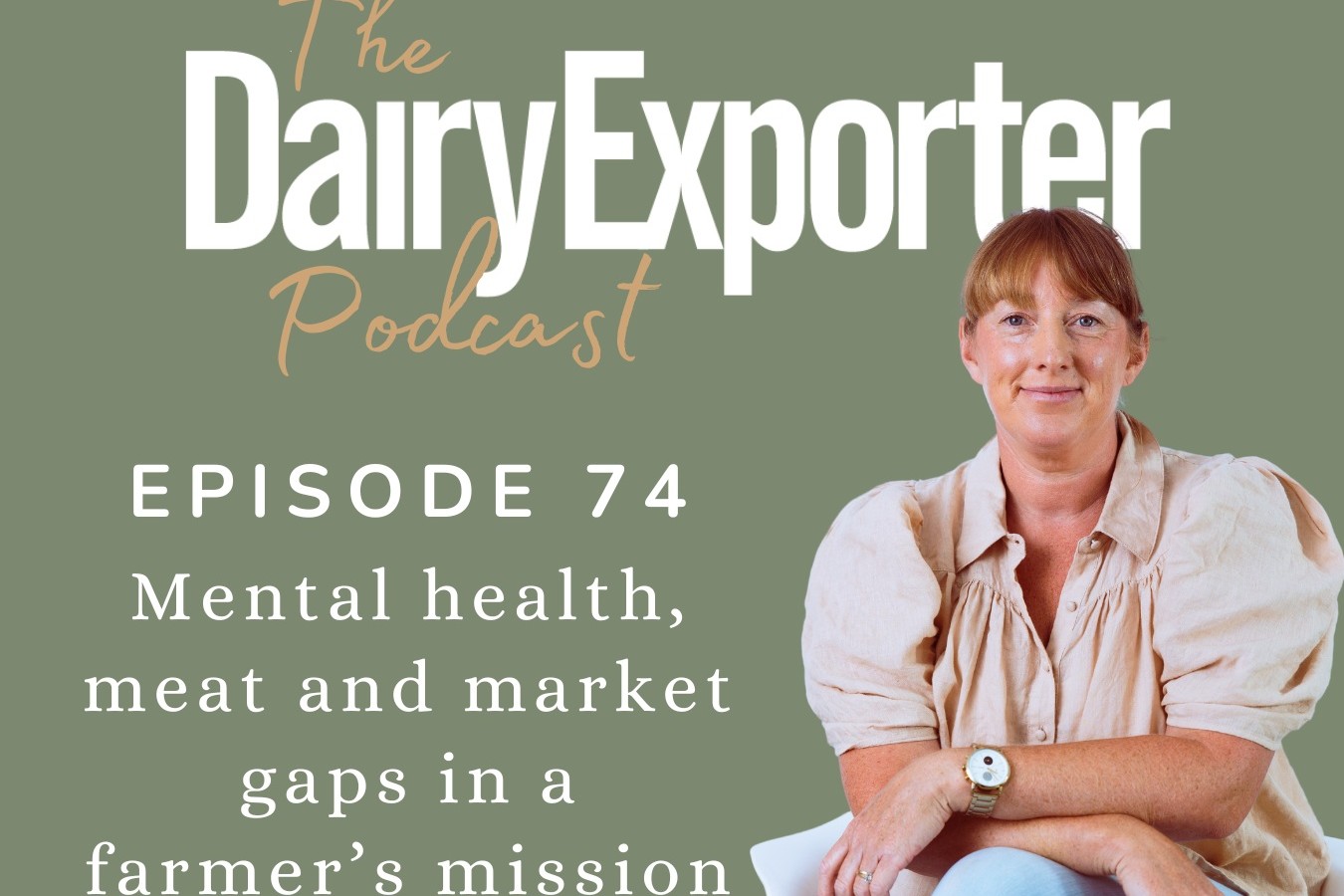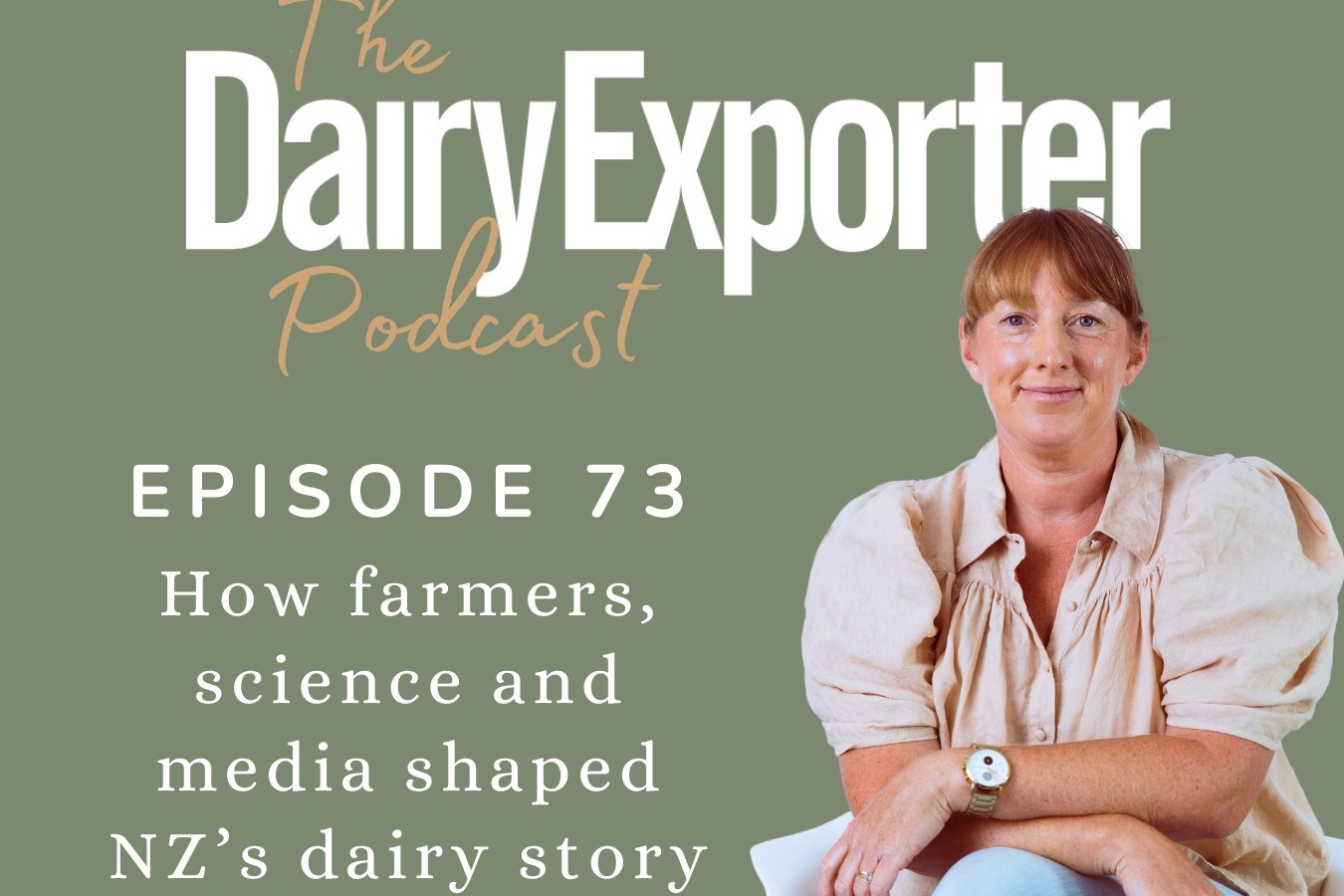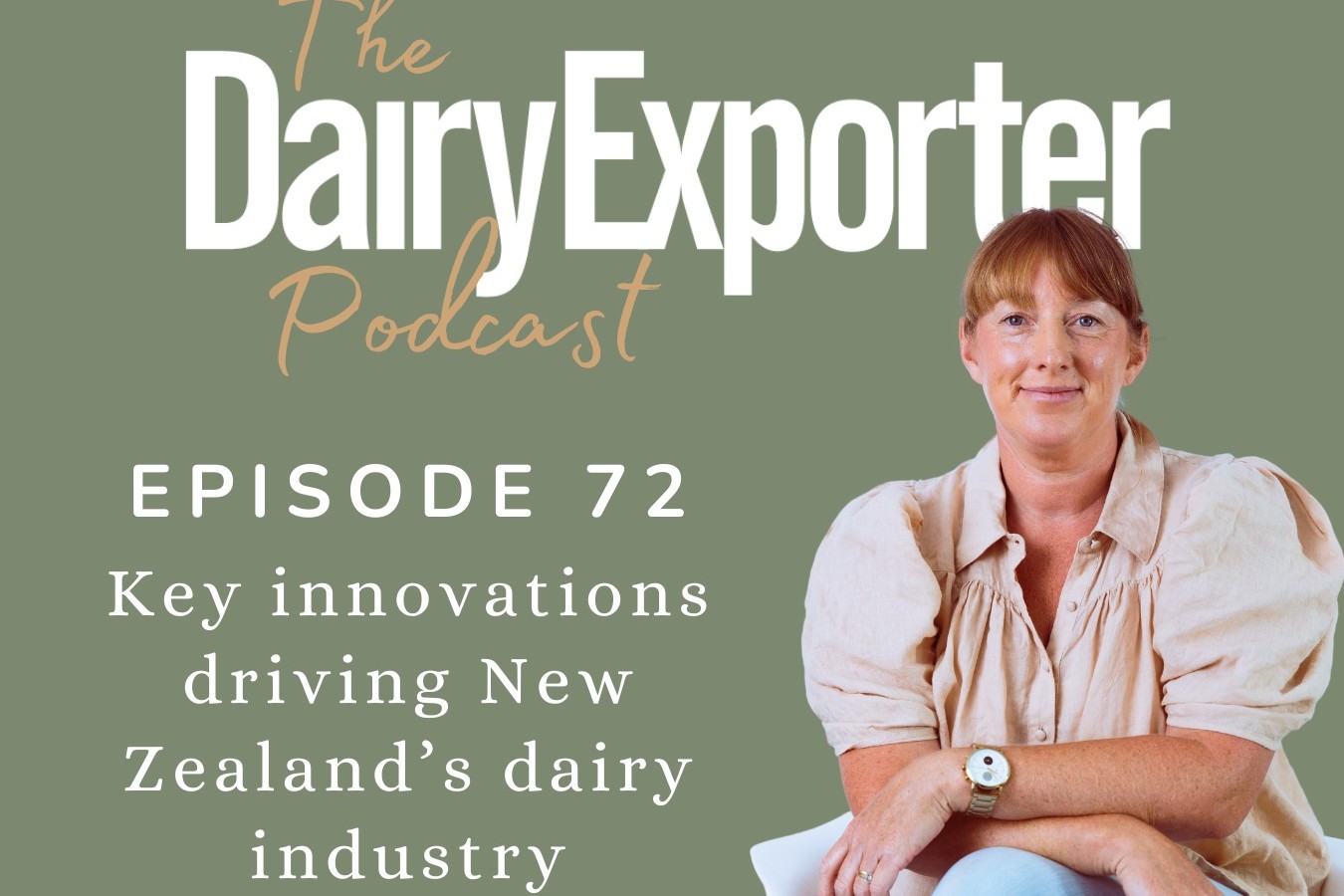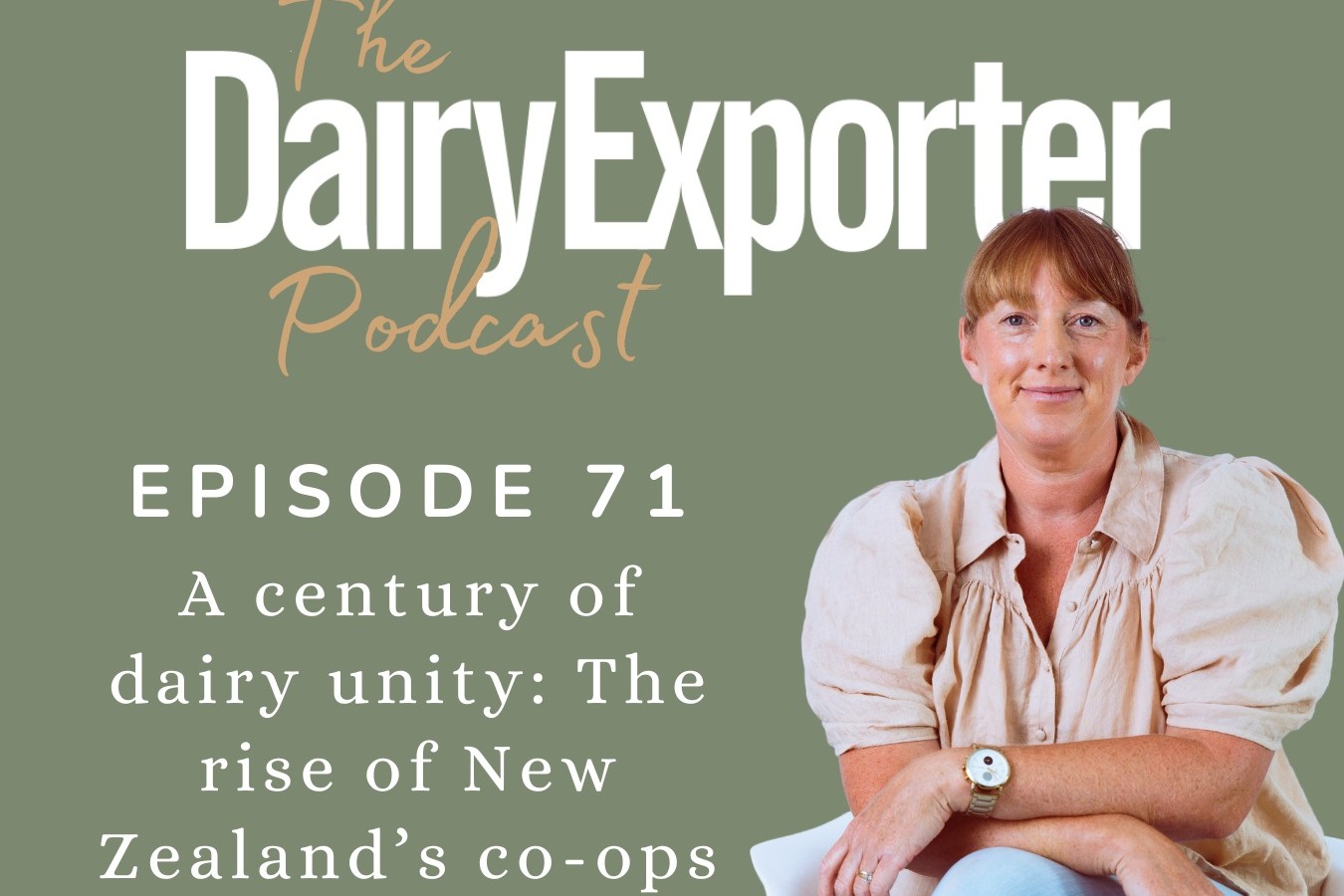Episode 35 – Why is calf rumen development so crucial?
A busy calving season is underway across the country, and for farmers calf nutrition will be top of mind. In this episode we look at the different ways to develop your calf’s rumen, to raise healthy and feed-efficient cows.
Hear from Jacqueline McGowan from DairyNZ about developing the rumen; Grant Jackson from SealesWinslow about raising feed-efficient cows; and Penelope Drysdale, a Manawatū farmer, about how integrating an organics system has benefitted her herd’s health.
Guests include:
- Jacqueline McGowan, Senior Solutions & Development Specialist, DairyNZ
- Grant Jackson, General Manager, SealesWinslow
- Penelope Drysdale, Manawatū Dairy Farmer
Hosts:
- Sheryl Haitana, Editor, Dairy Exporter
- Anne Lee, Deputy Editor, Dairy Exporter
- Sarah Perriam-Lampp, Managing Director, CountryWide Media
DairyNZ’s Jacqueline McGowan discusses tips for farmers during the busy calving season, especially when it comes to healthy rumen development. She discusses how they quantify development, through the size of the rumen, and how that links to animal health and welfare codes. She says the key is to make sure the calves aren’t having too much change at once.
CEO of SealesWinslow Grant Jackson discusses the importance of getting calf nutrition right, as we go into calving season, and how the proper development of the rumen in replacement heifer calves is essential for breeding feed-efficient cows. This in turn means the cows can convert feed into milk effectively, reduce waste, lower feed costs, and boost overall productivity.
For tips to get the most out of starch in your calf-rearing programme talk to your local SealesWinslow Technical Sales Rep and check out the valuable tips on the SealesWinslow website here.
Manawatū Dairy Farmer Penelope Drysdale discusses their journey to transitioning to an organic system, and how calf rearing fits into that, to make sure they’re getting the best nutrition. She says mimicking what the mother cow would do is the best for developing resilience in their calves.





